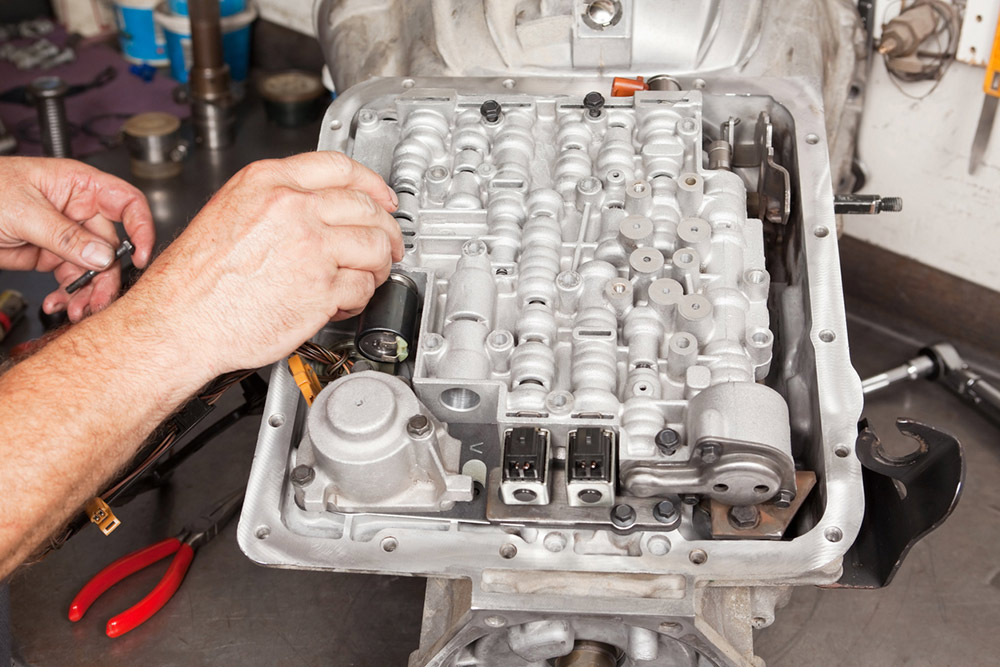Vehicles are useful, enjoyable, and can provide an escape when we are seeking the freedom of the open road. But as with all machinery, your car can start having issues over time, especially if you don’t keep up with regular maintenance and tune-ups at a certified repair facility. When you start to fall behind on maintenance, you might begin to notice new sounds coming from under the hood, a more sluggish transmission, or a slight burning smell when the vehicle has been running for some time. Few problems can strike fear into the hearts of owners than issues with the transmission system. This wondrous box of mystery beneath the vehicle is responsible for getting you from A to B, as the main force behind shifting into gear and actually driving somewhere.
A Web of Intricate Pieces
Like a metal puzzle, vehicles are made with thousands of parts that work together flawlessly to make the overall machine go. Transmission systems include a variety of parts, but the key areas are the bell housing, the automatic gears, and the filter. Amongst all of these components is, of course, the very important transmission fluid. Some of the most minor issues with a transmission could be related to the fluid levels. Low or empty lubricant reservoir can cause a host of problems, as can a clogged or aged filter. Without the lubricant, the gears will be subjected to a lot of heat and friction, more than it should, which can cause even more problems within the unit. This could also be the cause of some strange burning odors you may notice when running the vehicle for long distances.
Finding a Proper Replacement
So the reason your vehicle is being sluggish is in the transmission; that much you know. But how do you go about fixing it? You have two options: you can choose to purchase automatic transmission kits and go the do-it-yourself route, or you can take it to a certified technician and give him the rundown on what you have been experiencing. If you are mechanically inclined, doing it yourself can save you quite a bit of money on labor costs, but if you can’t tell the carburetor from the crankshaft, it might be best to let the professionals handle it. At least this way you can be sure it was installed correctly, and any other potential issues with the vehicle will be noticed and reported to you.

